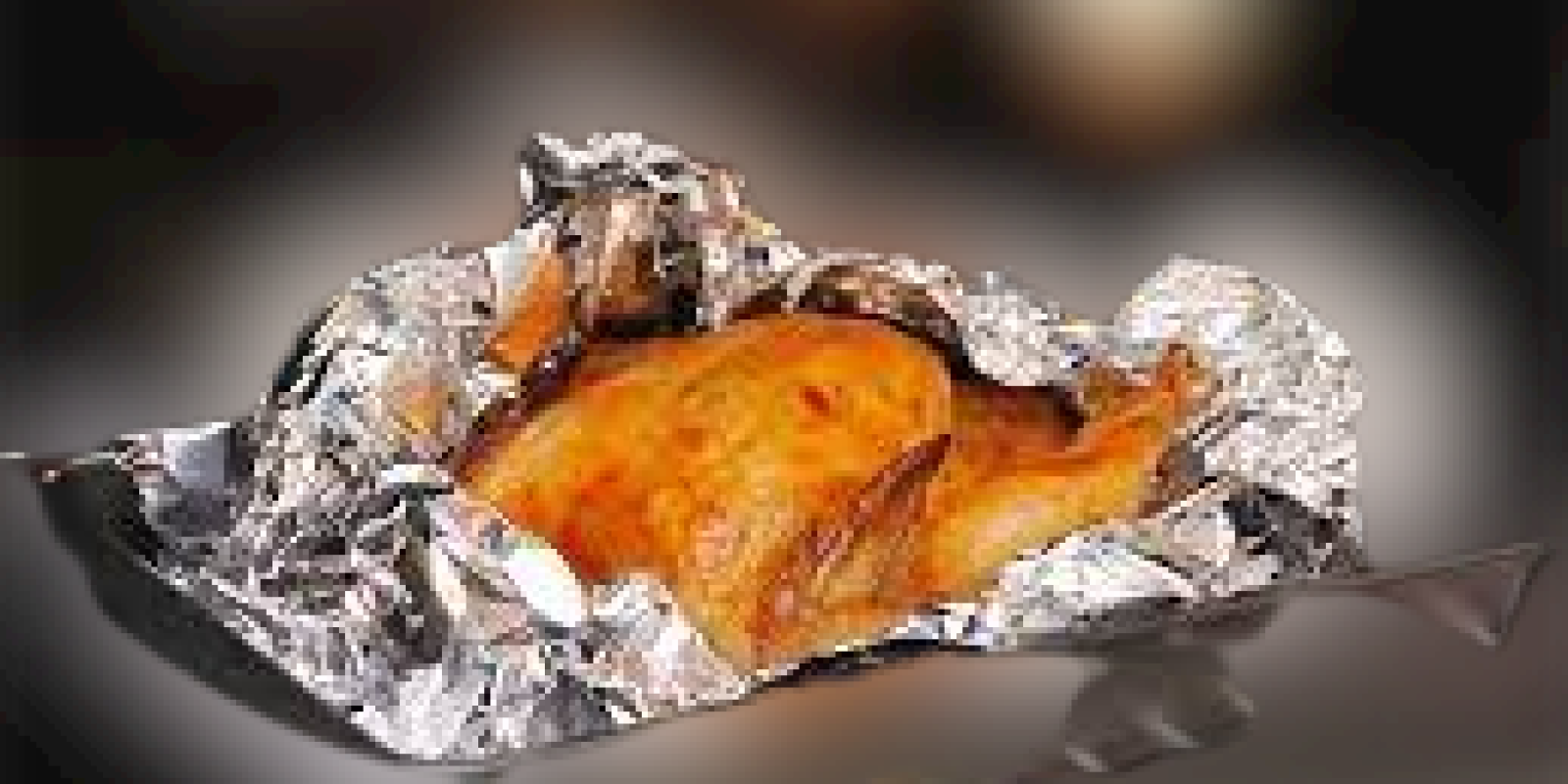Aluminium foil is a versatile and commonly used kitchen item, primarily known for its ability to wrap and cover food. However, it can also be used in the oven, even at high temperatures, to aid cooking and baking. Whether you want to protect your dishes from burning, retain moisture, or create a makeshift lid, high-temperature aluminium foil can be handy. This guide will explore the various uses and techniques of using it in the oven, providing practical tips and precautions.
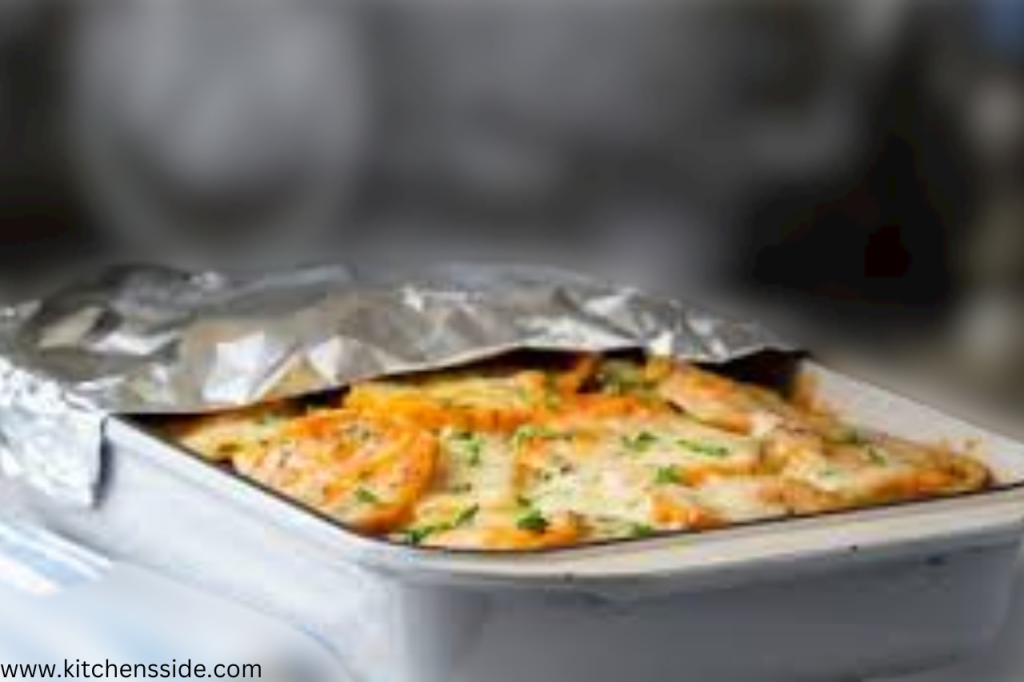
Understanding High-Temperature Aluminum Foil:
a. What is high-temperature aluminium foil?
High-temperature aluminium foil refers to a type of foil that is specifically designed to withstand higher oven temperatures compared to regular aluminiumfoil.
b. How is it different from regular aluminium foil?
High-temperature aluminiumfoil is thicker and more heat-resistant than regular aluminiumfoil, making it suitable for oven use without the risk of melting or burning.
c. Temperature tolerance and safety considerations.
High-temperature aluminium foil can typically withstand temperatures up to 500°F (260°C) or higher, depending on the specific brand or product. It is important to check the packaging or manufacturer’s instructions for the maximum temperature limit to ensure safe usage.
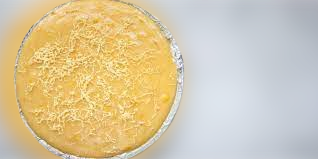
Uses of High-Temperature Aluminum Foil in the Oven:
a. Shielding and preventing food from burning.
High-temperature aluminiumfoil can create a protective barrier around delicate or exposed areas of food, such as the edges of a pie crust, to prevent them from burning while the rest of the dish cooks.
b. Retaining moisture and preventing drying out.
Covering dishes with high-temperature aluminium foil during cooking can help trap moisture and prevent excessive evaporation, keeping the food moist and tender.
c. Creating a makeshift lid or cover.
If a recipe calls for a lid, but you do not have one, high-temperature aluminiumfoil can be shaped and placed over the dish to create a cover, allowing the food to cook evenly and retain moisture.
d. Facilitating even cooking and browning.
Wrapping certain foods, such as fish or vegetables, in high-temperature aluminiumfoil helps to distribute heat evenly, ensuring that they cook uniformly and achieve a desirable browning or caramelization.
Precautions and Guidelines for Using High-Temperature Aluminum Foil:
a. Ensuring compatibility with specific oven types.
High-temperature aluminium foil is generally safe for use in standard ovens. However, if you have a convection oven or an oven with a fan, check the manufacturer’s guidelines to ensure that aluminiumfoil can be used without interfering with the oven’s airflow.
b. Avoid direct contact with heating elements.
Avoiding direct contact between the aluminium foil and heating elements, such as the oven’s heating coils or broiler, is crucial to prevent the foil from melting or catching fire.
c. Using appropriate thickness and quality of the foil.
Opt for thicker, higher-quality, high-temperature aluminiumfoil to ensure better heat resistance and durability. Thicker foil is less likely to tear or puncture during cooking.
d. Avoid acidic or salty foods with extended cooking times.
Acidic or salty foods, such as tomato-based sauces or marinades, can react with aluminium foil over extended cooking times. It is best to avoid using aluminiumfoil for such dishes or use a barrier, such as a parchment paper, between the food and the foil.
e. Properly shaping and sealing the foil for optimal results.
When creating foil covers or packets, ensure a tight seal to trap steam and prevent leakage.
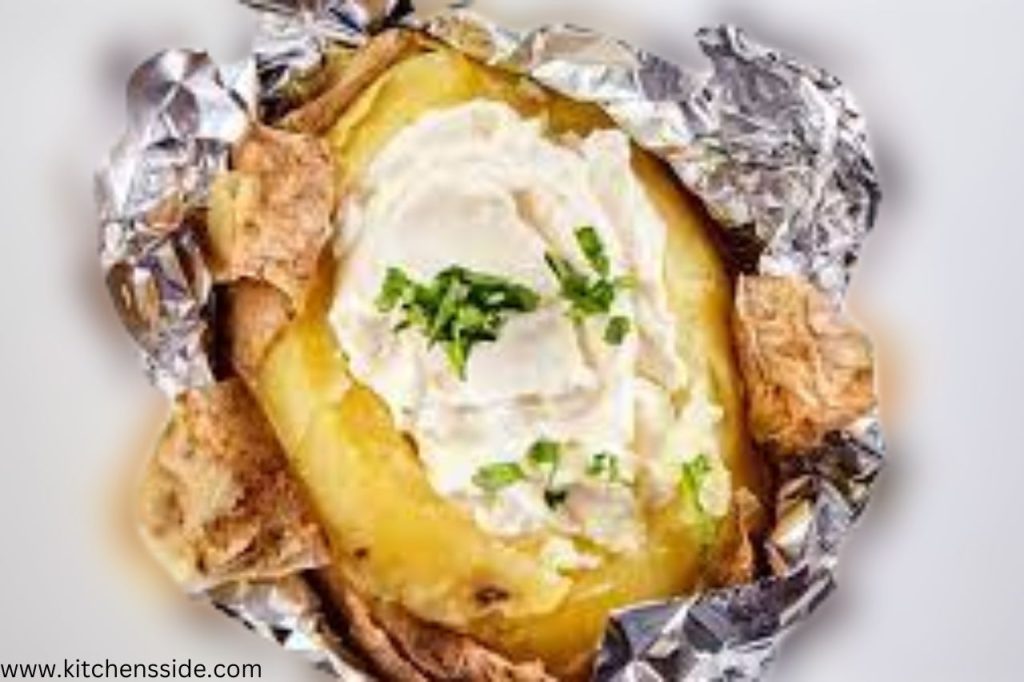
Techniques for Using High-Temperature Aluminum Foil in the Oven:
a. Wrapping and covering dishes for protection:
Place the dish on a high-temperature aluminiumfoil and fold the foil over the top, crimping the edges to create a tight seal. This method is ideal for dishes that must be protected from excessive browning or drying out.
b. Creating a foil packet for steaming or roasting:
Place the ingredients in the centre of a large sheet of high-temperature aluminiumfoil. Fold the foil over the food and tightly seal the edges to create a packet. This method is great for steaming vegetables and fish or creating flavour-infused packets for grilling.
c. Making a tent or shield for delicate foods:
For foods prone to over-browning, like delicate pastries or meringues, create a tent by loosely draping a high-temperature aluminium foil over the dish. This technique circulates heat while protecting the top from direct heat.
d. Fashioning a foil tray for baking or grilling:
If you do not have a suitable baking dish or grill tray, shape a high-temperature aluminiumfoil into a tray or pan. Ensure the edges are folded securely to prevent leakage. This method is useful for roasting vegetables, grilling small items, or baking cookies.
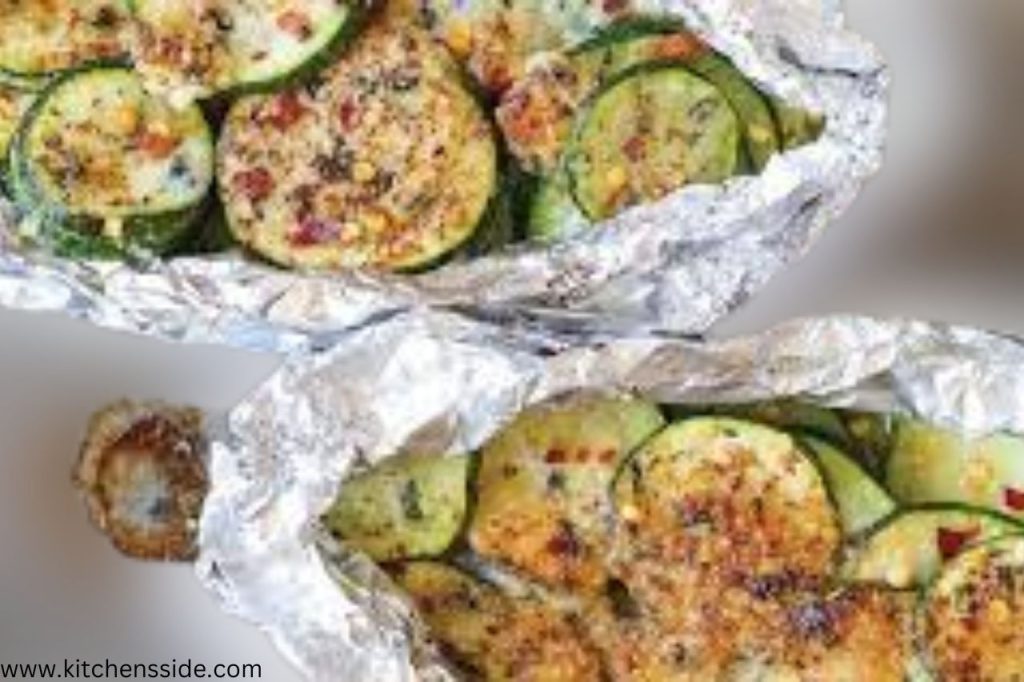
Tips for Effective Usage and Maintenance:
a. Selecting the right size and shape of foil:
Choose a size of high-temperature aluminiumfoil that comfortably covers the dish or accommodates the food you are wrapping. Avoid using small pieces that may not provide sufficient coverage or excessively large pieces that are waste material.
b. Knowing when to use shiny or dull side up:
High-temperature aluminiumfoil typically has a shiny and dull side. When cooking in the oven, it does not matter which side is up as both sides conduct heat equally. Choose based on personal preference or aesthetic appeal.
c. Avoiding sharp objects or piercing the foil:
When using high-temperature aluminium foil, avoid using sharp utensils or piercing the foil, as this can create openings that allow juices or liquids to escape, compromising the cooking process.
d. Cleaning and reusing aluminium foil:
If the foil is still in good condition after use, it can be cleaned and reused. Rinse off any food residue, let it dry, and store it for future use. Replace the foil if it becomes damaged or torn.
e. Proper storage to prevent damage or contamination:
Store high-temperature it in a cool, dry place away from heat sources to prevent damage or melting. Ensure it is stored separately from any strong-smelling or corrosive materials affecting its quality.
Alternative Options to High-Temperature Aluminum Foil:
a. Silicone baking mats and parchment paper:
Silicone baking mats and parchment paper are heat-resistant alternatives used in the oven for similar purposes as high-temperature aluminiumfoil. They provide a non-stick surface and are especially useful for baking.
b. Heat-resistant glass or ceramic dishes:
Opt for heat-resistant glass or ceramic dishes that can withstand high oven temperatures. These dishes are versatile, easy to clean, and offer excellent heat distribution.
c. Stainless steel or cast-iron cookware:
Stainless steel and cast-iron cookware are durable options for high oven temperatures. They are ideal for searing, roasting, and baking, providing excellent heat retention and cooking.
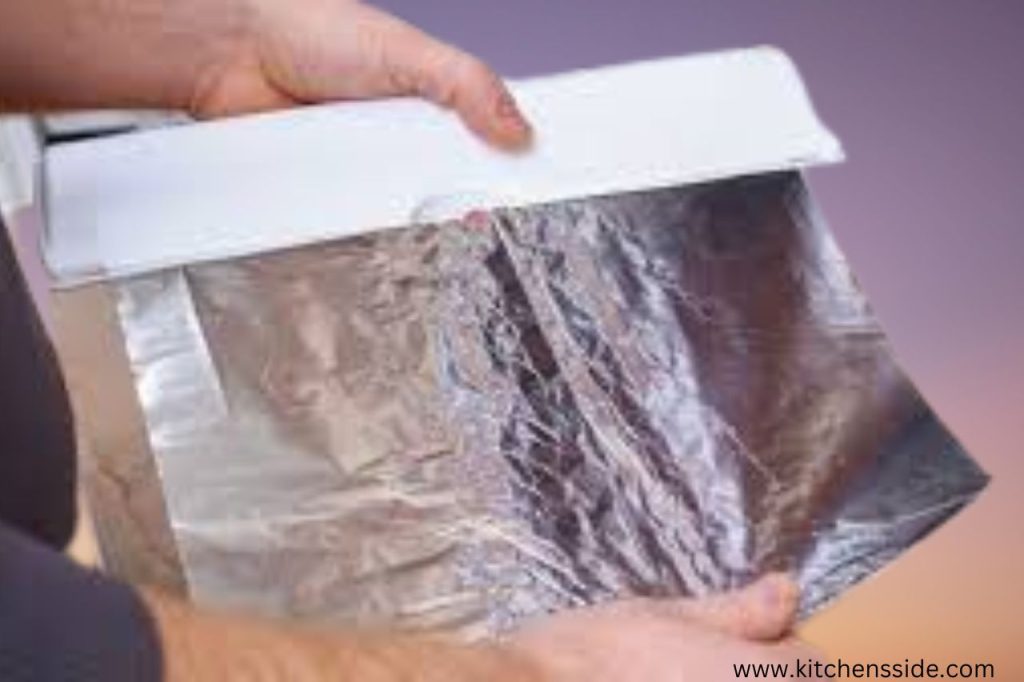
Conclusion:
High-temperature aluminium foil can be a valuable tool in your kitchen arsenal, especially in oven cooking and baking. By understanding its properties, following precautions, and employing the right techniques, you can harness the benefits of aluminiumfoil without compromising safety or taste. High-temperature aluminiumfoil serves multiple purposes, including shielding, moisture retention, lid creation, and facilitating even cooking and browning.
It is important to choose the right thickness and quality to make the most of high-temperature aluminium foil in the oven. Thicker foil provides better heat resistance and durability, reducing the risk of tearing or puncturing during cooking. Additionally, it is crucial to ensure compatibility with your specific oven type. While high-temperature aluminiumfoil is generally safe for standard ovens, it is advisable to consult your oven’s manufacturer guidelines to verify that it will not interfere with airflow, particularly if you have a convection oven.
FAQ’s:
Can high-temperature aluminium foil be used in all types of ovens?
High-temperature aluminiumfoil is generally safe for use in standard ovens. However, it is recommended to check the manufacturer’s guidelines for your specific oven type, especially if you have a convection oven or an oven with a fan, to ensure that using aluminiumfoil will not interfere with the oven’s airflow.
Can high-temperature aluminium foil touch the heating elements?
Avoiding direct contact between high-temperature aluminium foil and heating elements, such as the oven’s heating coils or the broiler, is important. Direct contact can cause the foil to melt or catch fire. Maintain a safe distance between the foil and the heating elements to prevent accidents.
Does it matter which side of the high-temperature aluminium foil is facing up?
No, it does not matter which side faces up when using high-temperature aluminium foil in the oven. Both sides conduct heat equally so you can choose based on personal preference or aesthetic appeal.
Can high-temperature aluminium foil be reused?
Yes, high-temperature aluminiumfoil can be reused if it is still in good condition after use. Rinse off any food residue, let it dry, and store it for future use. However, if the foil becomes damaged or torn, it is best to replace it.
Is it safe to cook acidic or salty foods in high-temperature aluminium foil?
Extended cooking times with acidic or salty foods can cause a reaction with high-temperature aluminiumfoil. It is generally advisable to avoid using aluminiumfoil for such dishes or use a barrier, such as parchment paper, between the food and the foil to prevent any adverse reactions.
Can high-temperature aluminium foil be used for grilling?
Yes, high-temperature aluminiumfoil can be used for grilling. It is particularly useful for creating foil packets containing grilled ingredients, such as vegetables or fish. The foil packets help steam the food and infuse it with flavour while protecting it from direct contact with the grill grates.
Are there alternatives to high-temperature aluminium foil for oven cooking?
Yes, there are alternatives to high-temperature aluminiumfoil for oven cooking. Silicone baking mats and parchment paper are heat-resistant options that can be used for similar purposes. Heat-resistant glass or ceramic dishes and stainless steel or cast-iron cookware are also suitable alternatives for oven cooking.
Related Articles:
Piping Hot Success: Peter Piper Pizza Recipe for Dominating the Market with no 1 Irresistible Crusts and Mouthwatering Toppings
Delicious Coppa Meat Recipes for Every Occasion
Experience Bold Flavors and Big Portions: Discover American Deli Today!
Ina Garten’s Pesto: A Versatile and Delicious Addition to Any Dish

